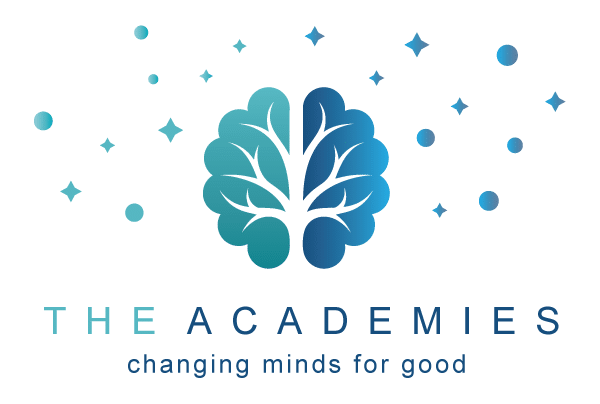We all know the saying, “Easier said than done.”
- It’s easy to say, for example, I want to lose weight.
- It’s easy to say, I’d like more income.
- It’s easy to say, I’d like to be more productive.
- It’s easy to say, I want my team to reach their targets.
The less-easy part is the DO that leads to the DONE.
And more specifically, doing things differently.
Why do we not do things differently when we know we need to!?
Probably because we’re creatures of habit. Neuroscientists tell us that 90-95% of our thoughts and behaviors are habitual—habit is comfortable and requires little mental and physical energy.
Habit means we have a ton of muscle memory in our body that is running the show.
So if the body is running the show, we need to enlist the body’s support to help the brain get what it wants. That’s the key to making it “Easier Done Than Said.”
One of the best ways to get the body on board is to pay attention to your emotions.
This is where ICF Competency #9 Designing Actions comes into play.
Emotions are Memorized, Habituated, Familiar, Comfortable
Most humans have gotten really good at memorizing emotions such as worry, anxiousness, and fear. But what could our lives look like if instead our predominantly memorized emotions were gratitude, peace, hope, or fascination!
In a Red Zone of worry, our brain doesn’t get the oxygen needed to think collaboratively, creatively, and strategically.
Jill Bolte Taylor in her book My Stroke of Insight shares that emotions have just a 90-second lifecycle. If they persist beyond 90 seconds, it’s because we are re-inviting the emotion by ruminating on it. Do something often enough, and it will become memorized.
Design a New Action
Instead, mindfully ride the wave of any uncomfortable emotion for those 90 seconds. Breathe deeply, rhythmically, and evenly, as you think to yourself, “interesting… there’s a sense of worry I’m noticing in my gut, and I know that biologically it’s got just a 90-second life cycle.”
Once the 90-second cycle has completed, then consciously choose a new emotion you’d like to focus on: peace, gratitude, hope, or fascination.
This choice changes the physiology of your body to a Blue Zone state, and with the changed physiology, you give better fuel to your brain.
I love what Shawn Achor, author of The Happiness Advantage, says about this:
“the brain is 31% more productive at positive
than negative, neutral or stressed.”
Here’s to your 31% more productive!
